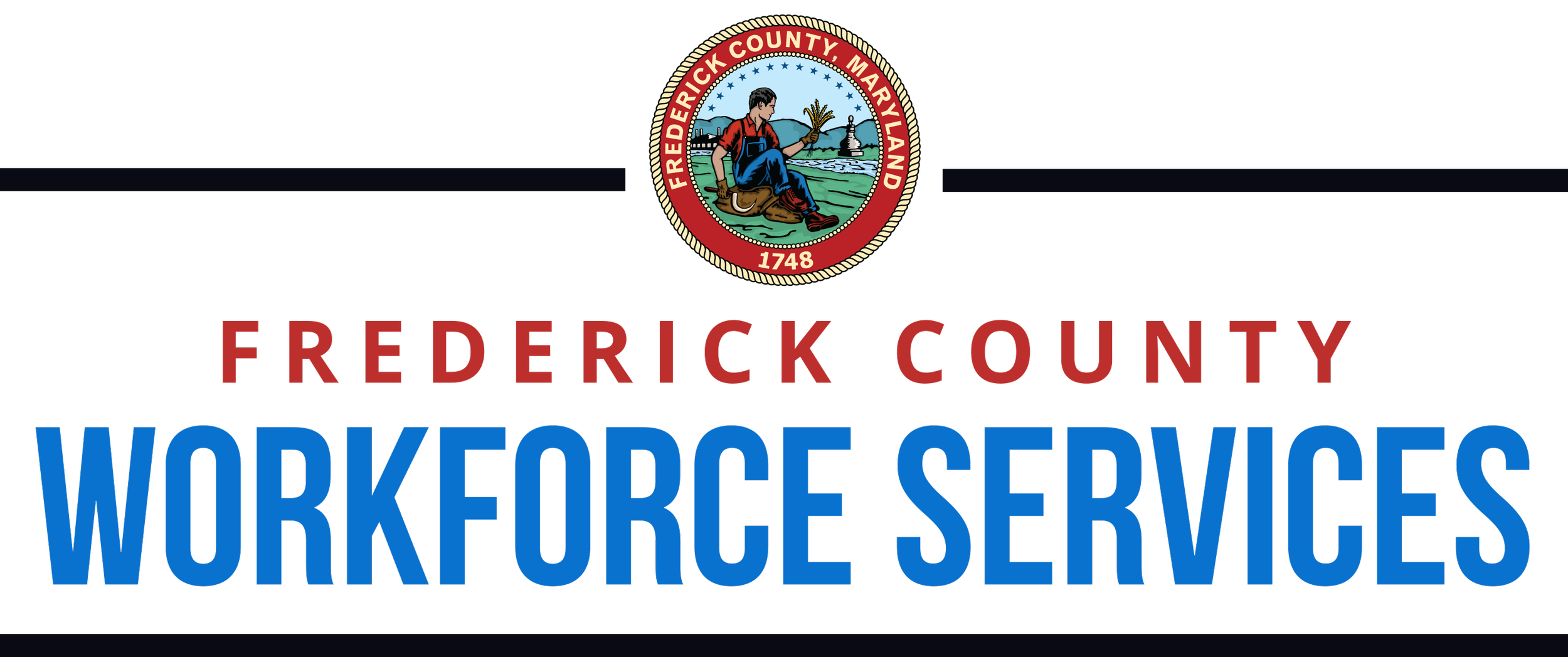The World of Resumes
Question:
I heard that human resources people don’t spend a lot of time reading resumes. How much time do they actually give the average resume?
Answer:
Human resources professionals read many, many, many resumes. They can tell fairly quickly which ones are real possibilities for the job they want to fill, and which are not.
They are often deluged with resumes, many of which seem to have been sent almost randomly. The candidate often seems to have very little experience in the job they’re applying for. The HR person can’t read everything, so they look for reasons to reject resumes as much as to pass them to the hiring manager.
Often the person reading your resume has never done the job she’s trying to fill. She has a list of words and phrases to look for. If your resume has more of them (in a way that makes sense) than the other resumes, you’ll be passed to the hiring manager.
But even before that, there is another hurdle. Many companies use Applicant Tracking Systems (ATS) to sift through the resumes before they even arrive at the HR person’s desk. The ATS screens all the resumes and picks out the ones with the most keywords for the live HR person to review.
There are at least two problems with this scenario:
• The resume with the most keywords may or may not belong to the best candidate for the job; a better-matching candidate with fewer keywords might easily be eliminated.
• If your resume is not formatted in accordance with the ATS, it will eliminate you. Many ATS will throw out a resume with underlining; italics; or even with the dates of employment on the left, rather than the right margin.
To make the most of your resume, and to get help navigating ATS and HR, come to The Complete Resume Workshop at Frederick County’s American Job Center. Check the Events Calendar to see when it will be held next.
